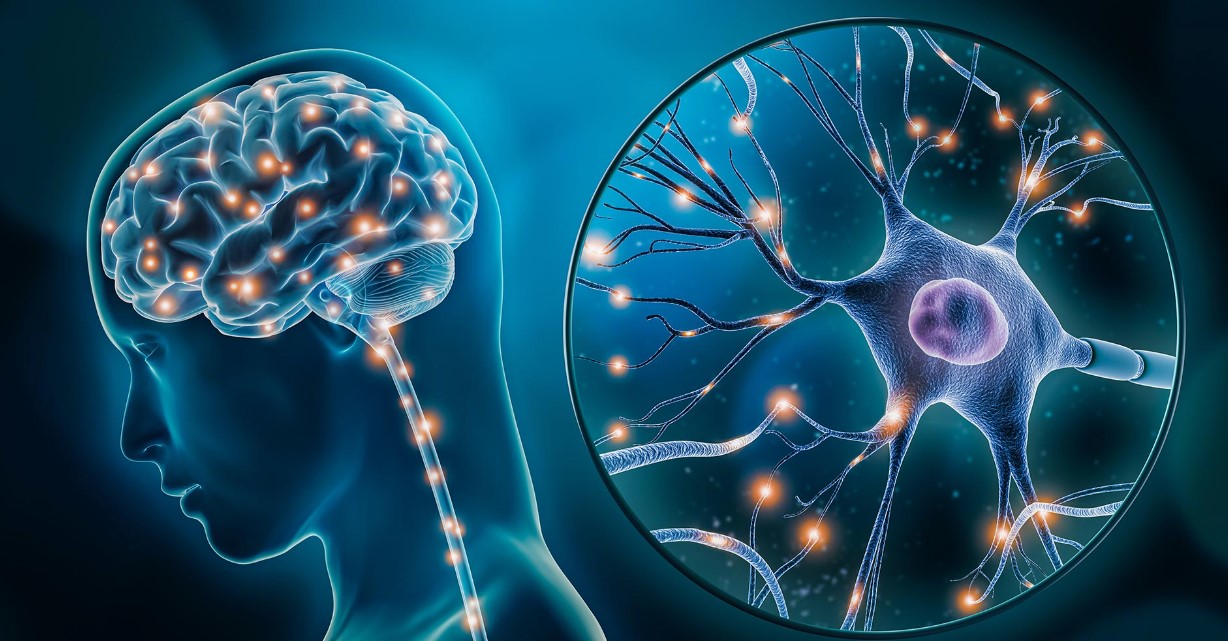Table of Contents
Early Life and Educatio
Jean-Martin Charcot was born on November 29, 1825, in Paris, France. His early interest in medicine led him to enroll at the University of Paris, where he pursued medical studies with a focus on internal diseases. During his early career, Charcot dealt primarily with conditions such as tuberculosis, rheumatism, pneumonia, and kidney disease. This period laid the foundation for his methodical approach to clinical research, which would later define his contributions to neurology and psychiatry.
Shift to Neurology and Psychiatry
By the late 1860s, Charcot’s focus began to shift from internal medicine to neurology, marking the beginning of his most influential work. Using pathomorphological data, he established connections between various diseases and their effects on the nervous system. In 1868, Charcot provided the first detailed description of multiple sclerosis, a landmark achievement in medical science. This work set the stage for future neurological research and diagnosis.
In 1869, Charcot described amyotrophic lateral sclerosis (ALS), further solidifying his role as a leading figure in neurology. By 1870, he was deeply interested in diseases of the nervous system, including multiple sclerosis and Parkinson’s disease. His lectures and scientific writings emphasized the importance of James Parkinson’s work, proposing the term “Parkinson’s disease,” which has since become universally accepted.
Founding the Department of Psychiatry
In 1882, Charcot founded the Department of Psychiatry at the University of Paris, establishing a center for innovative research and treatment methodologies. This department became a hub for the development of modern neurology and psychiatry, attracting many students and researchers. Charcot’s influence extended to notable figures such as Sigmund Freud, who would later become the father of psychoanalysis, and other luminaries like Joseph Babinski, Jean Légerie, Pierre Janet, William James, Pierre Marie, Albert Londe, and Charles-Joseph Bouchard.

Work on Hypnosis and Hysteria
Charcot’s most renowned work involved the study of hysteria and hypnosis. He used hypnosis as a primary tool to explore and understand the psychogenic nature of hysteria. Among his famous patients were Louise Augustine Gleizes and Maria “Blanche” Wittmann, known as the “Queen of Hysteria.” His clinical demonstrations and case studies brought significant attention to the condition, shaping contemporary understanding of psychological disorders.
Charcot’s innovative use of hypnosis and detailed case studies of hysterical patients advanced the field significantly. His work demonstrated that hysteria had a psychological basis, challenging the prevailing view that it was purely a physical ailment. This shift in understanding laid the groundwork for future psychological therapies and treatments.
Contributions to Neurology
Charcot made numerous contributions to the understanding and treatment of neurological diseases. His detailed descriptions of multiple sclerosis and ALS were pioneering works that advanced the diagnosis and understanding of these conditions. Charcot also played a crucial role in popularizing the study of Parkinson’s disease, emphasizing the significance of James Parkinson’s earlier work.
Charcot’s research methods involved meticulous clinical observations and the use of pathomorphological data to correlate symptoms with underlying neurological conditions. This approach helped establish neurology as a distinct medical discipline, separate from psychiatry and general medicine.
Charcot’s Douche: A Therapeutic Innovation
One of Charcot’s lesser-known yet significant contributions was the development of the jet shower, commonly known as Charcot’s douche. His primary specialty in neurological diseases led him to explore various therapeutic methods, including hydrotherapy. Charcot observed that water had a beneficial effect on the nervous system, improving emotional states, combating stress, and invigorating the body.
Charcot’s douche involves directing high-pressure water jets over the body, alternating between hot and cold water. This method became the foundation of modern hydrotherapy, widely used in medical resorts, sanatoriums, and beauty centers. The procedure is noted for its effectiveness in improving body tone, strengthening the immune system, aiding in weight loss, combating cellulite, enhancing skin elasticity, relieving muscle pain, and accelerating metabolic processes. Today, Charcot’s douche is also recognized as an effective device for cellulite elimination, offering a comprehensive approach to health and wellness through hydrotherapy.
Procedure and Benefits of Charcot’s Douche
The therapeutic effect of Charcot’s douche is due to the high-pressure water jets’ tonic effect, which strengthens the vascular system, increases muscle tone, and enhances sensory and motor nerve excitability. The mechanical action improves blood circulation and tissue nourishment, providing a comprehensive health boost.
Methods of Carrying Out the Procedure
Experts recommend conducting a Charcot shower course every day or every other day. The patient wears a swimsuit and stands at a distance of 3-3.5 meters from the shower chair. The specialist directs water jets over the entire body, starting from the head to the toes, first from behind and then from the front. The procedure includes spot treatment on individual problem areas, with variations in temperature and water pressure.

Indications for Charcot’s Douche
The benefits of Charcot’s douche include:
– Stress and Fatigue Relief: The procedure helps alleviate stress and chronic fatigue, promoting relaxation and energy renewal.
– Physical Recovery: Athletes and individuals engaged in strenuous physical activities benefit from the procedure, as it aids in muscle recovery and reduces soreness.
– Detoxification: The intense sweating induced by the shower helps eliminate toxins from the body, improving overall health.
– Weight Loss and Cellulite Reduction: Charcot’s douche can help break down fat deposits and improve skin texture, aiding in weight loss and reducing the appearance of cellulite.
– Improved Circulation: The mechanical action of the water jets enhances blood circulation and tissue nourishment, promoting overall health and vitality.
Legacy and Influence
Charcot’s legacy extends beyond his groundbreaking work in neurology and psychiatry. His innovative approach to understanding and treating neurological diseases, along with his development of therapeutic methods like Charcot’s douche, has left an indelible mark on medical science. His teachings and discoveries continue to influence contemporary practices, and his contributions remain foundational to the fields of neurology and psychiatry.
Notable Students and Their Contributions
Charcot’s influence on his students was profound. Sigmund Freud, one of his most famous students, was inspired by Charcot’s work on hysteria and hypnosis, which influenced his development of psychoanalytic theory. Joseph Babinski, another notable student, is known for the Babinski sign, a neurological sign indicative of dysfunction of the corticospinal tract.
Jean Légerie and Pierre Janet made significant contributions to the understanding of psychological disorders, while William James, an American philosopher and psychologist, was influenced by Charcot’s work in developing his own theories on psychology and consciousness. Pierre Marie, Albert Londe, and Charles-Joseph Bouchard also made important contributions to neurology and medical photography, respectively.
Final Years and Death
In the later years of his life, Charcot continued to work on his research and teaching, influencing the next generation of neurologists and psychiatrists. He remained an active member of the Paris Academy of Sciences and the French Geographical Society, contributing to various scientific discussions and advancements.
Jean-Martin Charcot passed away on August 16, 1893, leaving behind a legacy of innovation and discovery that continues to shape modern medical practices. His contributions to neurology, psychiatry, and therapeutic methods like Charcot’s douche have made a lasting impact, ensuring his place among the most influential figures in medical history.
Conclusion
Jean-Martin Charcot’s legacy extends beyond his groundbreaking work in neurology and psychiatry. His innovative approach to understanding and treating neurological diseases, along with his development of therapeutic methods like Charcot’s douche, has left an indelible mark on medical science. His teachings and discoveries continue to influence contemporary practices, and his contributions remain foundational to the fields of neurology and psychiatry.
Charcot’s dedication to clinical research, his pioneering use of hypnosis, and his commitment to improving therapeutic methods have earned him a place among the most influential figures in medical history. His work not only advanced the understanding of neurological and psychological disorders but also provided practical, effective treatments that are still in use today.



